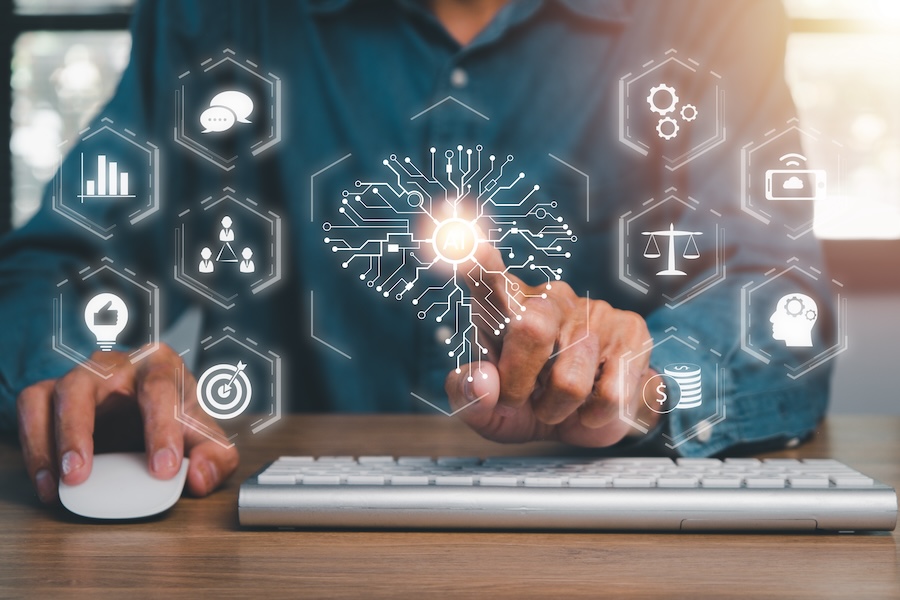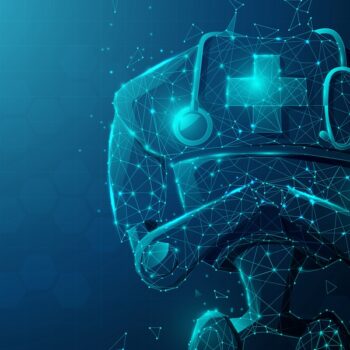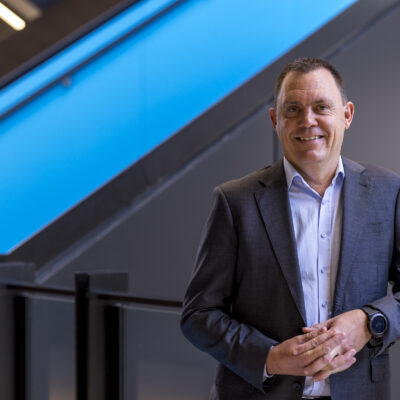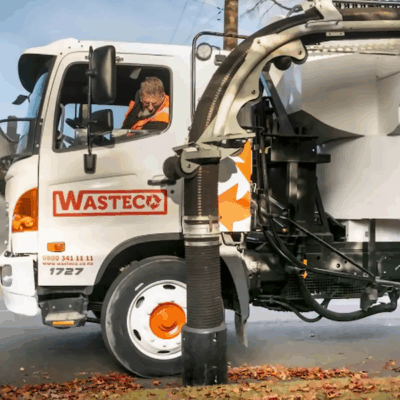AI in HR: Complementing human intellect and creativity
As AI becomes ever more pervasive across most business functions, we look at how it is playing out within the HR sphere and across the workplace cultures of the companies which are delving into AI with an eye on lifting worker engagement, productivity, training and honing their hiring practices.
While it may still be early days in the adoption of AI into human resources work functions, it’s clear that some companies, particularly those in the tech sector, are already mining the technology in ways many organisations might find hard to imagine. Not only for the more mundane tasks needed to onboard a new employee but also using AI tools to spot issues like attrition risks or suggesting salary increases, noting performance and market pay gaps and analysing internal data on worker turnover by skillsets.
What’s also clear is that many HR executives are acutely aware that generative AI will be disruptive to their roles with Deloitte’s annual Global Human Capital Trends report Thriving Beyond Boundaries: Human Performance in a Boundaryless World, finding that 52 percent of HR executives say generative AI would be disruptive to their role in the next year.
The May 2024 report, which identifies key trends that showcase how a combination of business and human outcomes play a role in organisational success, highlights that boundaryless HR has AI at its centre. The Deloitte report says in the HR sphere generative AI can:
- Create first drafts of jobs postings or integrate performance feedback.
- Suggest career options for workers or managers’ direct reports.
- Offer real-time performance insights into worker sentiment or the extent of collaboration across silos.
- Automatically assemble learning content and assessments to help people learn in the flow of work.
The Deloitte report uses IBM as an example saying the technology giant “uses AI tools to help managers make better people decisions and spot issues like attrition risks; an AI-driven adviser even suggests salary increases”.
Deloitte says at IBM the AI “considers not only performance and market pay gaps, but also internal data on worker turnover by skills, and current and future external demand for each worker’s skills. AI has also freed up managers to take on more people development responsibilities.”
The report adds that Google Cloud managers use people dashboards provided by HR to share insights on organisational health and performance “and they plan to embed AI in the future to model changes to things like team structures or role.”
In turn, a recent survey from Microsoft also highlights workplace trends with its fourth annual Work Trend Index, its first collaboration with LinkedIn, providing a “comprehensive view of how AI is reshaping work and the labour market.”
Microsoft says the Work Trend Index combines survey data from 31,000 knowledge workers and leaders across 31 countries, as well as trillions of productivity signals, telemetry data and LinkedIn jobs and labour data to show how AI is taking hold in the workplace.
Asked how Microsoft in NZ is using AI within its own workplace HR functions Zoe McBride, Director, Human Resources Microsoft Australia and New Zealand, tells NZBusiness the company is in a unique position – both as an innovator delivering AI tools to the world, and as an early adopter, using AI within the company.
“As we roll out more of our AI tools to employees and teams across our company, we see how AI is helping our people reduce the amount of time spent on routine administrative tasks, freeing up capacity to focus on the things that take critical thinking, creativity and experience, as well as emotional intelligence and skilled judgement.”

An exciting time for HR leaders
She says this is an exciting time for HR leaders. “I believe that HR is uniquely positioned to help organisational leaders and their people make the most of AI. Our goal is to create a more effective and efficient HR function, one that supports and enables our most valuable asset: our people. This means using AI to create more meaningful work for our HR employees, as well as improving the experiences of employees who use these services.”
Zoe says as a global example of this is Microsoft’s internal AskHR Virtual Assistant, an AI-powered virtual assistant that can answer employee questions or provide HR resources by referencing its policies.
“This solution has enabled the company and HR professionals to save about 21,000 hours that would have been spent on answering simple queries, and instead allows them to use that time for assisting employees and managers in more strategic ways.”
Asked about the sort of practical uses AI has in onboarding new staff, she says tools like Microsoft Entra can be used to automate onboarding tasks such as:
- Creating new user accounts.
- Sending welcome emails.
- Ordering computers and other equipment required for specific roles.
- Getting the new employee added to all the relevant online work groups to share the relevant intranet resources.
“It takes a lot of the manual work out of the onboarding process, providing greater consistency (and gets rid of some of the less exciting parts of the job). It frees up a lot more time for HR professionals to spend on the things that add the most value to their role, such as providing personalised coaching and developing new programmes.”
As to how implementing AI into HR functions affects a workplace’s culture, McBride says company culture is important for AI adoption.
“We encourage our leaders to take a page from great improvisors and embrace a ‘yes, and…’ mindset. Leaders have to have the right tools and perspective to drive the change management that comes with AI adoption. In this era of AI, leaders must be exceptional.”
Microsoft has put a focus on adaptive leadership. “Adaptive leaders are those who can lead through the “always on” transformation that’s happening at an unprecedented pace. They’re less about a command/authority model of management and more about collaboration.
“Adaptive leadership requires the ability to problem solve in the unknown and to operate with each other in a new collective intelligence capacity. Leaders must learn to mobilise people to make progress on complex, amorphous challenges…”
In referencing Microsoft’s Work Trend Index, Zoe says it found that those who are embracing AI tools across many aspects of their work say AI makes:
- Their overwhelming workload more manageable (92 percent).
- Boosts their creativity (92 percent).
- Helps them focus on the most important work (93 percent) .
- Helps them feel more motivated (91 percent).
- Enjoy work more (91 percent).
As to whether employees feel valued if HR processes are increasingly automated, Zoe says AI solutions are helping their employees tap into their talents and make better use of their creativity.
“They’re enhancing the impact of individuals and teams and improving job satisfaction. It’s enabling HR professionals to focus on the tasks that require human skills, and that will lead to more meaningful work for HR leaders.”
She says there is so much tool fragmentation in HR – so many different systems that HR leaders and employees use to access information they need – “so if we can drive more efficiency and leverage AI to communicate across tools and data sets, we can automate many processes for quicker and more accurate outcomes”.
“The end result? A future where AI systems complement human intellect and creativity to promote human flourishing and support high performance.”
Zoe says bringing your workforce along for the journey is critical for success.
“We have a critical role to play in determining where and how we deploy AI to augment human ingenuity and transform organisations as a whole, from business process to organisational structure.”
And she sees culture as a huge accelerator for embracing AI.
“Our culture is grounded in the growth mindset, and it’s with that lens we’ve asked everyone to lean into uncertainty and encouraged experimentation.
“We encourage our employees to experiment with AI responsibly, recognising that we’ll have some failures but also wins along the way. It gives our teams permission to fail rapidly, to learn from each other’s successes and flops – it’s all about progress over perfection. We expect there will be setbacks or moments of feeling a little overwhelmed, but it’s all on the path to success.”
A major productivity payoff
But it’s not only the HR managers who are learning what AI can do for them, as research from Amazon Web Services finds AI skills could mean better pay, and a major productivity payoff.
To better understand emerging AI usage trends and skilling needs in NZ workplaces, AWS commissioned Access Partnership to conduct a regional study, Accelerating AI Skills: Preparing the Workforce in New Zealand for Jobs of the Future where more than 1,600 workers and more than 500 employers were surveyed.
It found that when artificial intelligence is fully harnessed, employers across New Zealand are willing to pay these workers 30 percent more, with those in IT (41 percent), and research and development (38 percent) enjoying the highest pay bumps.
The AWS survey found the appetite for AI transformation in New Zealand is high.
“More than 90 percent of employers envision their companies becoming AI-driven organisations by 2028. While most employers (86 percent) believe their IT department will be the biggest beneficiary, they also foresee sales and marketing (85 percent), finance (83 percent), research and development (83 percent), business operations (83 percent), legal (75 percent), and human resources (72 percent) departments driving significant value from AI too.”
The research also found that the productivity payoff from an AI-skilled workforce could be immense for New Zealand. Surveyed employers expect their organisation’s productivity to increase by 49 percent as AI technology automates repetitive tasks (63 percent), improves workflow and outcomes (63 percent), and enhances communication (57 percent). Workers believe AI could raise their efficiency by as much as 46 percent.
This article was originally published in the June 2024 issue of NZBusiness magazine. To read the issue, click here.







